Since the passing of the Disability Discrimination Act in 1992 transport operators are required to provide equal access to all passengers – but for V/Line they still have some way to go, with a number of missteps along the way.
Trouble on the tracks
V/Line has a major issue with inaccessible trains.
Ray, Warnambool: In my area, it’s almost impossible to use the V/Line in a wheelchair. Even when I book I can get to the railway station and find there is no accessible carriage. Why are people with disabilities stuck in a #LifelongLockdown we fought to end last century? #PWD pic.twitter.com/A1Dz6P65ok
— Voices of DRC Advocacy (@DRCadvocacy) May 14, 2020
With thousands of dollars spent in 2018 calling up accessible taxis to transport passengers unable to board inaccessible trains.
Two north-east Victorian residents have claimed V/Line regularly pays more than $1,000 for return taxi trips to Melbourne due to train and coach services being wheelchair inaccessible.
Albury-based Luke Sefton said V/Line had recently arranged a taxi for at least three return trips to Melbourne.
“If there’s more than two wheelchairs they tell you the train’s full and you can’t get a ticket. If it’s not running you’ve got to get a taxi and they pay the money for that — maybe $700 or more, one way,” he said.
But Mr Sefton said V/Line would sometimes turn him away.
“I’ve called up a few times and there’s only two [people with wheelchairs] allowed on there and they say ‘we’ve sold out today’,” he said.
“In that case they don’t get you a taxi either, they just say they’ve sold out.”
The chair of The Victorian Disability Advisory Council, Colleen Furlanetto, said she had used replacement taxi services from Euroa and Seymour more than a dozen times at a cost to V/Line of around $300 each way.
Ms Furlanetto said she felt guilty depriving local residents of a wheelchair accessible service whenever V/Line arranged a taxi for her to Melbourne.
But this tale from the Warrnambool line really takes the cake.
In May 2019 Janet and Susan, who use wheelchairs, decided to travel from Melbourne to Warrnambool on V/Line trains.
For both it was a work-related visit, they were attending a forum hosted by All Abilities Advocacy and supported by Warrnambool City Council’s Rural Access program.
Janet, after first checking with V/Line, booked a first class ticket in order to sit next to colleagues. On May 14 when she arrived at the Southern Cross platform she was advised she could not sit next to her colleagues and was segregated.
On the way to Warrnambool she received a call from V/Line advising that the return booking was not an accessible service and she was requested to use an earlier train. This was not possible because Susan would still be at the forum.
On May 15, at 12.30pm, both women were contacted by V/Line and informed that the accessible carriage was not available. They had no alternative means of returning home to Melbourne.
V/Line asked Susan if she could leave her wheelchair in the conductor’s area and sit down, which she had been required to do on the trip to Warrnambool. Susan said this did not work properly and she needed her wheelchair with her.
V/Line advised Janet and Susan they return to Melbourne in separate taxis with the bill of about $1200 to be covered by taxpayers.
At 5pm Janet and Susan arrived at the Warrnambool Station to catch the taxis back to Melbourne.
They then discovered the disabled toilet at Warrnambool Railway Station was not accessible. The toilet was behind swinging doors and at the end of two cubicles for ambulatory people. The room was narrow with insufficient space for a wheelchair to turn into the “accessible” cubicle.
When the taxi arrived, V/Line initially wanted Janet and Susan to share a ride home – impossible given the size of their two wheelchairs. With the insistence of a support person V/Line eventually called a second taxi.
So why are V/Line trains so dysfunctional?
In the beginning
Back in the ‘good old days’ accessible public transport wasn’t a concern.
Country carriages consisted of a series of small compartments, located through narrow doorways at the end of skinny corridors.
Later carriages dumped compartments for open saloons, but the narrow doorways and end vestibules remained.
The last of these carriages entered serivce in the 1980s, and are still in service today.
The only space for wheelchairs and mobility aids being the luggage van.
But the area cannot be used by passengers.
Customers are not permitted to travel in the conductor’s van on locomotive–hauled services, unless you are travelling between an unstaffed station and a staffed station where alternative transport will be arranged. You can store your mobility aid in the conductor’s van if you are able to move to a seat in the carriage.
Dumb luck from the 1980s
In the 1980s the New Deal for Country Passengers saw the retirement of clapped out non-air conditioned timber bodied carriages, replacing them by retired suburban trains refurbished for country use.
These carriages are still in use today on on commuter services, and have wide doors thanks to their suburban heritage, providing easy access for wheelchairs and mobility aids.
But only ‘normal’ toilets were installed, with no accessible toilet access provided – so you’re on your own.
Enter the Disability Discrimination Act
In 1992 the Disability Discrimination Act was passed, right in the middle of the procurement process for the ‘Sprinter‘ railcar fleet.
They were built with doors wide enough for wheelchairs and mobility aids, allocated spaces to park them, and an accessible toilet.
However the provision of luggage areas in the doorway limited the number of mobility aids that could be parked inside each carriage – a problem not resolved until a 2018 refit.
Now to play catchup – and one big problem
With an existing fleet of carriages that were inaccessible to many passengers, in 1995 V/Line commenced the ‘BZN’ carriage program. Each converted carriage has a wider door at one end, accessible to mobility aids.
With a disabled toilet and allocated parking area inside.
These newly converted carriages were then coupled onto their fixed 3-car locomotive hauled sets, which solved the accessibility problem – provided that a train was more than three carriages long.
A constraint that bit V/Line in the arse in 2013, after bogie cracks were discovered beneath the accessible carriages.
V/Line played down the impact of the problem.
Public Transport Victoria said today that V/Line had decided to immediately remove 22 of its older carriages from service for testing and repairs.
V/Line decided to remove the carriages from service following a safety audit which revealed fatigue cracks in some critical areas of the ‘bogies’ or undercarriages of ‘Z’ class carriages.
Shepparton, Warrnambool, Swan Hill, Bairnsdale, and a small number of Geelong and Traralgon trains will have fewer seats while this essential work is carried out, so road coaches will be made available when necessary.
V/Line trains have a total of 70,000 seats each weekday and the withdrawal of these carriages involves less than 10 per cent of seats, not all of which are occupied. Most of the affected trains will operate with four carriages instead of five.
But the reality was different for anyone with special needs.
A fleet-wide audit has been called on V/Line’s ‘Z’ class carriages; the only carriages on Bairnsdale services with wide enough doorways to allow mobility vehicles on board.
While V/line spokesperson Clare Steele said some “narrow” wheelchairs may still fit through the doors on remaining Bairnsdale carriages, most people with mobility needs were being urged to phone V/Line to order multi-purpose taxis 24 hours in advance.
A total of 22 carriages were impacted by the bogie cracks, with 13 returned to service by 30 June 2014, the last finally fixed by the end of 2016.
So close, but still not quite
And now to V/Line’s newest trains – the VLocity railcars. The first of which entered serivce in 2005, and on paper ticked all of the accessibility boxes – wide doors, allocated spaces for mobility aids, and an accessible toilet – but they still managed to miss the mark!
With overcomplicated toilet doors that could not be used by the visually impaired.
Eventually fixed by an even more complicated system in 2017.
And doorways not quite wide enough for easy manoeuvring of mobility aids.
From 2016 the handrails beside the wheelchair access door were modified to provide more space.
A change that required the removing the crew access to ground level!
With the problem not resolved properly until 2019, when they made the doorway itself wider.
This change is now being applied to all new-build VLocity trains, but cannot to be retrofitted to the first 75 VLocity trains without a massive amount of work, which just goes to prove – get it right the first time!
Further reading
V/Line has more information about accessibility on their website, with their 2019-2022 Accessibility Action Plan detailing where they aim to improve in the next three years.
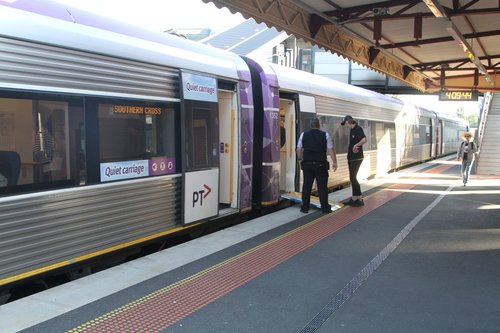
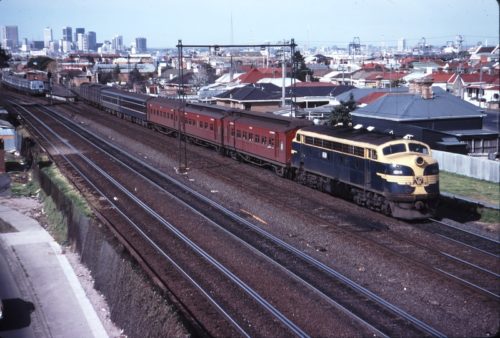
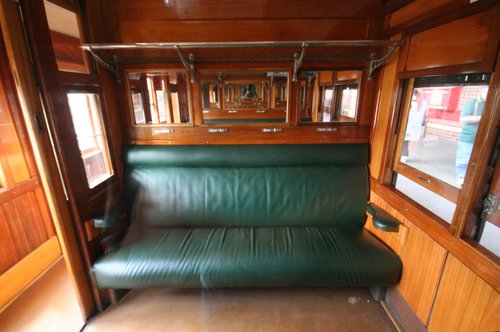
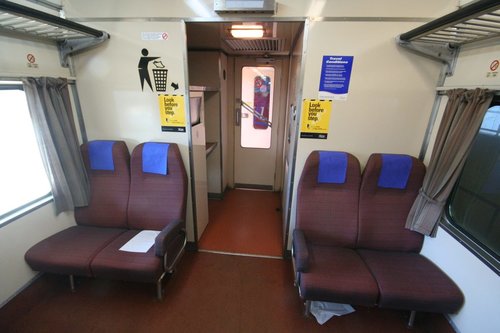
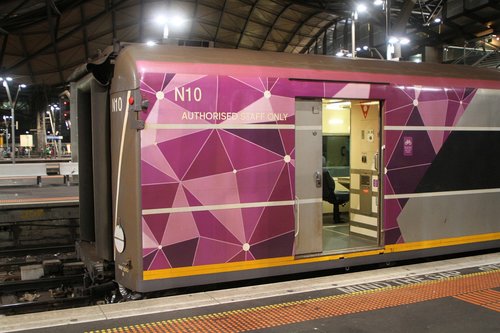
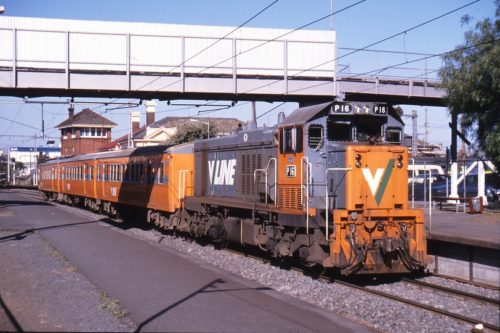
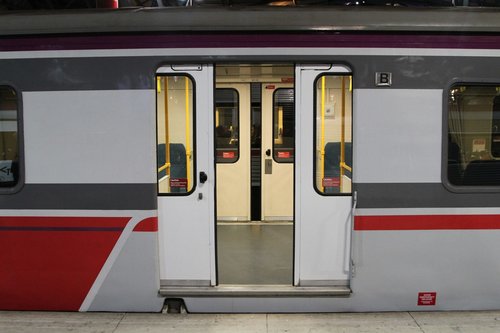
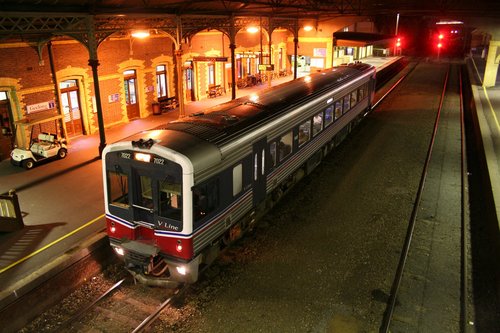
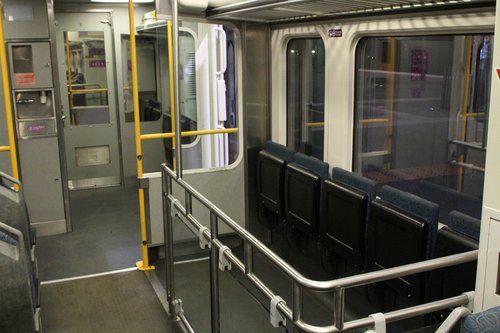
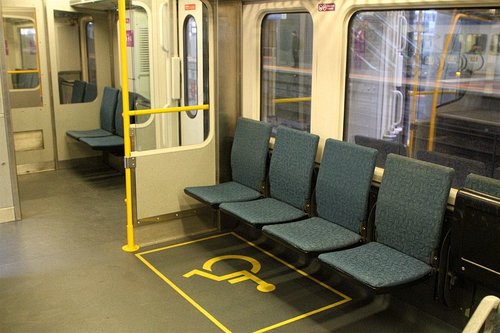
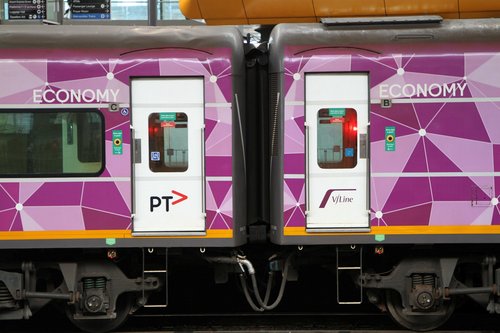
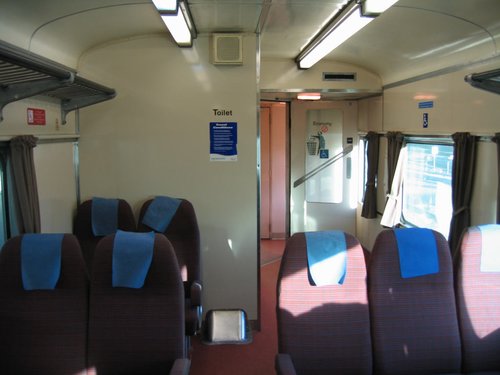
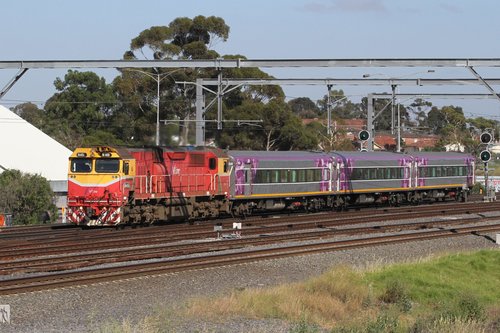
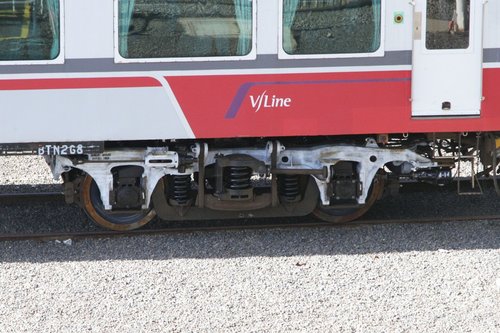
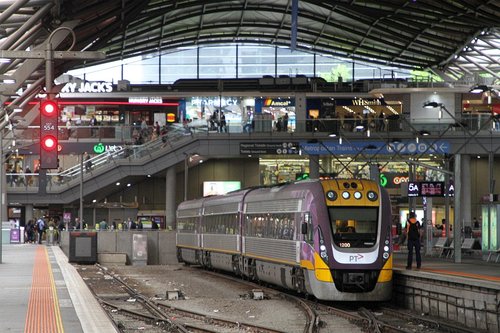
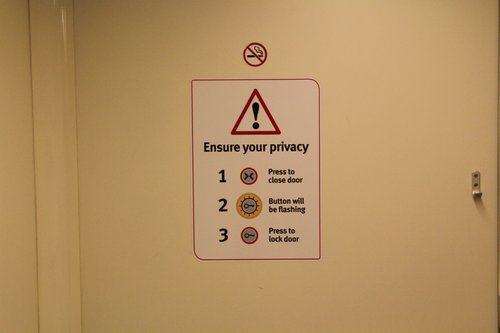
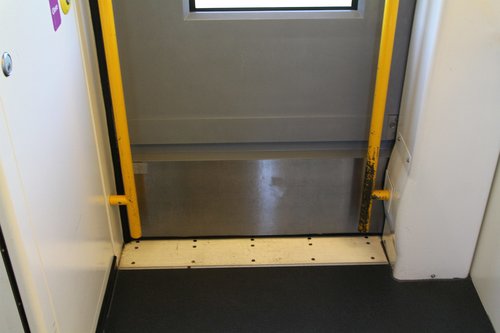
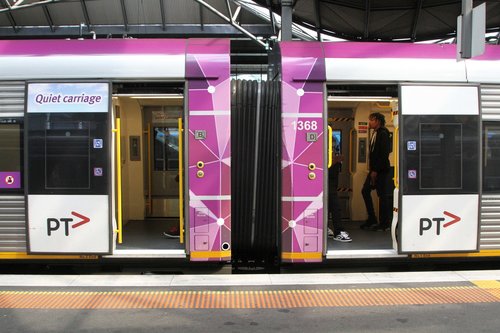
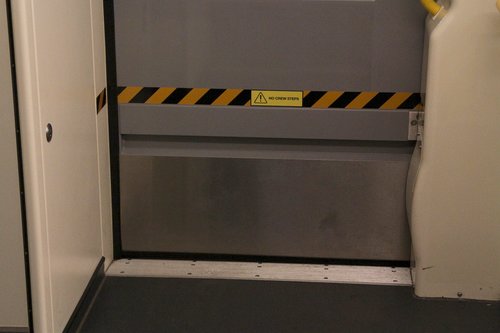
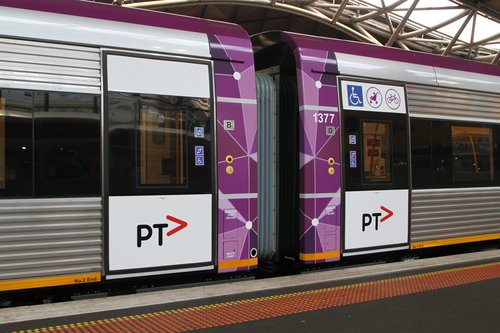

I completely disagree with the entitlement of disabled commuters who have this government mandated right to enjoy public transport at the same level as anyone else. The fact is, your disability is your problem and the community should not be expected to pay for this nonsense.
“Fuck you, I got mine” but with more words. What a disgusting lack of empathy.
I am one of the “entitled” who relies upon accessible options in many areas of my life, including public transport. My disability is not self-inflicted. I was born with it and have no choice but to manage it. I have no way of “fixing” myself. In addition I also struggle with depression and other mental health issues directly related to my condition.
Each week I encounter a new problem with an organisation or service which prevents me from carrying out basic tasks, actions or errands. Some organisations are usually good and will take on feedback and adapt; others will arrange special and reasonable accommodations for me; a small number adopt a “too bad” attitude.
All services, be they public or private, should have a minimum level of accessibility to allow people with specific needs to access them. I do agree that it may not be reasonable to cater for everyone’s specific circumstances, and there are provisions in the Act and the HRC which address such exemptions.
But to say accessibility is “nonsense” and people with disabilities are “entitled”? Whilst I would never wish a disability on anyone, perhaps you’d like to take one on so you may experience what it’s like from the other side.
Either you’re a troll or a complete cunt.
@Beren, that, of course, is your opinion. It is very traditional; it is the reason why the older carriages featured narrow walkways. The railways wanted to cram as many people into the carriages as possible and few were concerned about people who didn’t fit.
Social values have changed a bit since then, whether you agree with them or not.
You might like to think about how you would cope if you needed a mobility aid. Remember that it’s always pure luck whether you will need such an aid. You might need such an aid due to a simple accident – such as a road accident. You might develop a medical condition. You might need such an aid due to simple aging. No one chooses to use an aid.
You might be rich enough to be able to travel without such accommodations – I doubt you are, though. Very few people are.
Did they not think of a fold-down hand rail when trying to achieve both space for mobility aids and capacity for staff to climb down to the ground (before they widened the doors)? Or a combination of an external hand rail on the outside wall and the truncated one inside the doorway?
There are crew steps fitted beneath every passenger door, but the handrails have only been removed from the door to the wheelchair area – so there are still five doors per side available for train crew to use, the most important ones being those immediately behind the cab.
[…] carriages, and four power vans. The four accessible carriages were converted to broad gauge, providing accessible toilets and sitting areas to other V/Line […]